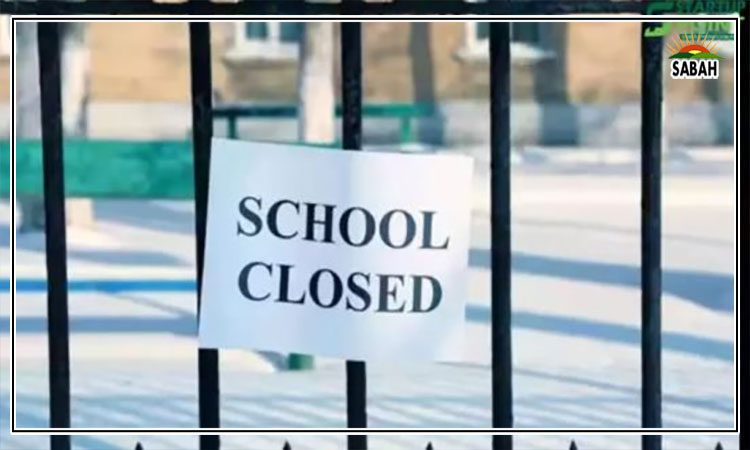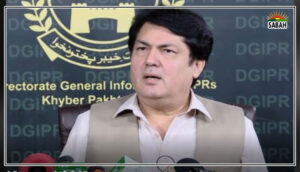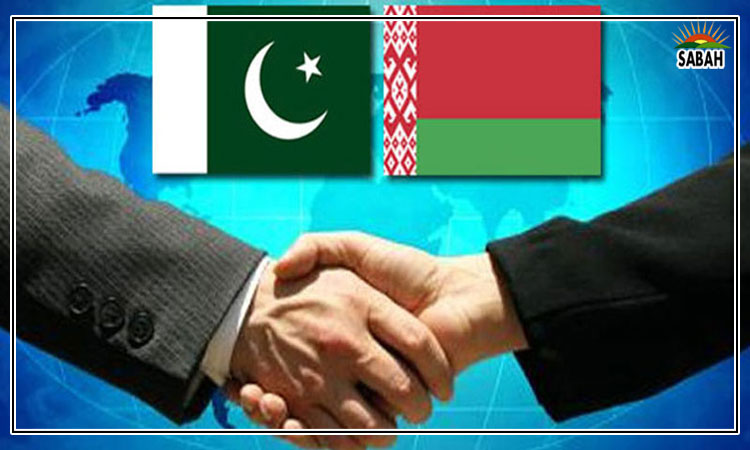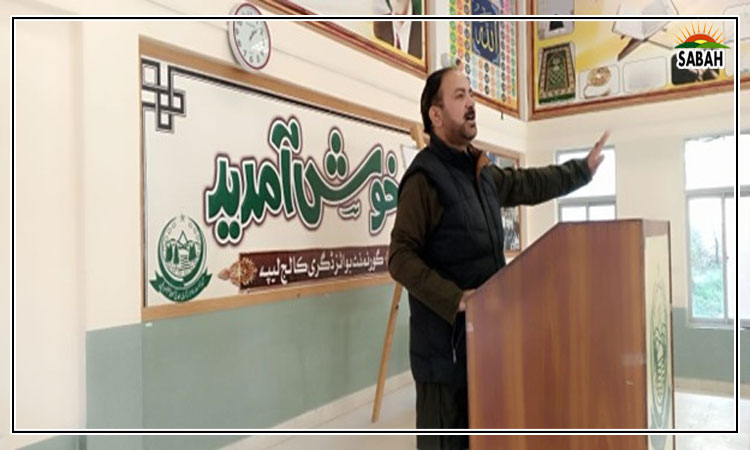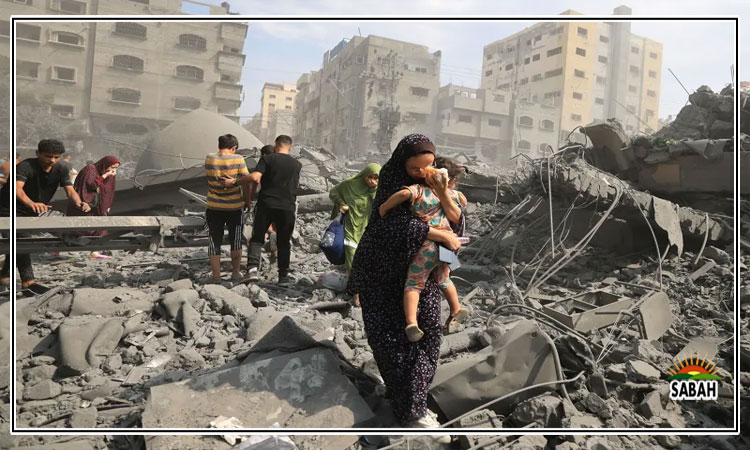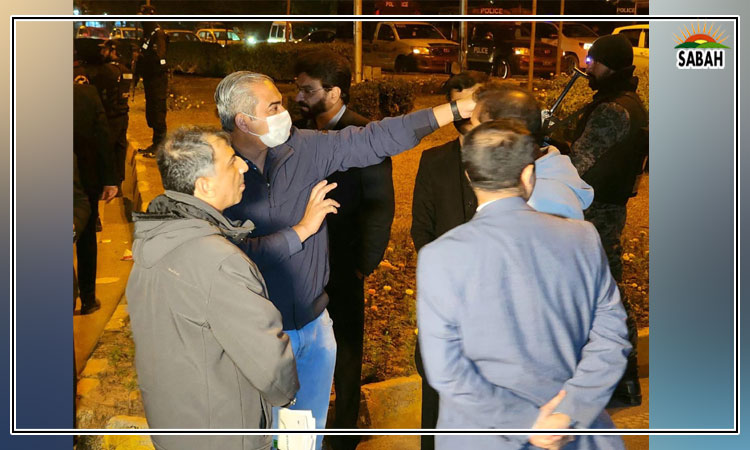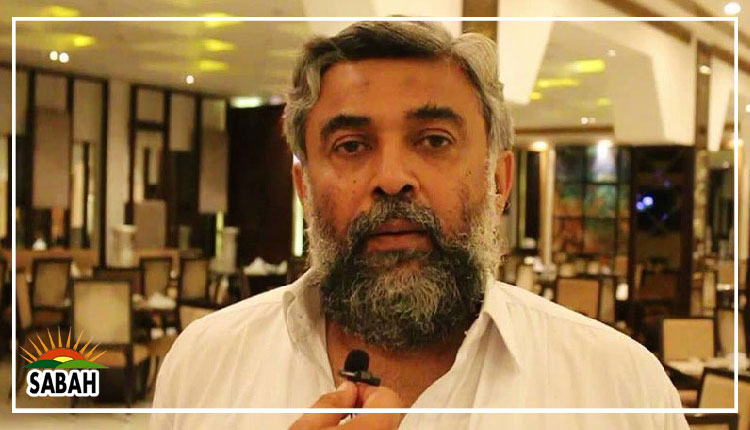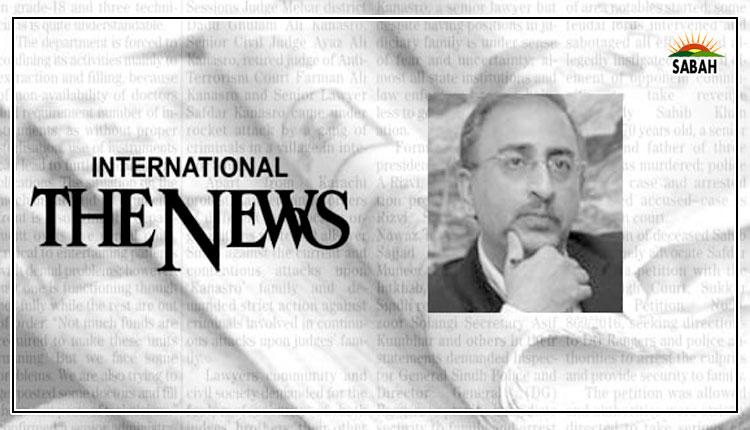Sri Lanka or Bangladesh?…Dr Farrukh Saleem
Pakistans economy is hanging by a thread; fragile and vulnerable at a risk of breaking down. In 2021, the Sri Lankan economy faced a significant setback as the value of its currency, the rupee, began to decline due to an imbalance between the country’s imports and exports. This devaluation of the rupee resulted in high inflation rates and the depletion of foreign exchange reserves.
Compounding the issue was Sri Lankas political instability. On April 12, 2022 the combination of political instability, a heavy burden of government debt, and a persistent current account deficit resulted in a sovereign default. Sri Lanka Maha Bankuwa, the central bank, had $1.8 billion of foreign exchange reserves when Sri Lanka defaulted on its foreign debt obligations. The sovereign default led to a scarcity of crucial items such as petrol, diesel, and life-saving drugs. This shortage, coupled with significant price increases, resulted in widespread social unrest and sparked violent street protests. In an effort to restore order, troops were deployed on May 9.
Sri Lanka approached the International Monetary Fund (IMF) after defaulting on its foreign debt obligations. Bangladesh, however, sought the IMF’s assistance as soon as its foreign exchange reserves declined from $44 billion to $33 billion. On January 30, the IMF Executive Board approved a $3 billion, 42-month arrangement with Bangladesh under the Extended Fund Facility and $1.4 billion under the Resilience and Sustainability Facility. Sri Lanka sought help from the IMF after actually defaulting, while Bangladesh acted proactively to avoid a potential currency crisis.
Pakistan took its own rather unique approach, displaying a level of competence that is a bit higher than Sri Lanka, but lacking the wisdom displayed by Bangladesh. As of February 3, the State Bank of Pakistan (SBP) reported net reserves of $2.9 billion barely enough to cover two weeks of imports. Imagine, a country of 230 million left with a two-week import cover. As of February, the SBP had external payment obligations of $8 billion over the following five months. On February 9, as the economy was hanging by a thread, all that our Ministry of Finance could claim was to have received a draft Memorandum of Economic and Financial Policies (MEFP) from the IMF. The reality is that the IMF mission left for Washington without signing a Staff Level Agreement (SLA).
To be certain, alarm bells had begun ringing in September 2021 but falling on deaf ears. Warning signals continued to be loud and clear but not taken seriously. In September 2021, the SBP had $20 billion in net reserves. By April 2022, when the PDM government took over, net reserves had fallen to under $10 billion. Imagine: the SBP has $2.9 billion and heres a list of eight items that we must import to keep the economy going-and keep social unrest and violent street protests away: petroleum, LNG and coal worth $30 billion; cooking oil $3.5 billion; wheat $800 million; pharmaceutical ingredients $700 million; lentils $600 million and cotton $350 million.
Will Pakistan be the next Sri Lanka, with scarcity of crucial items such as petrol, diesel, and life-saving drugs? Shortages, coupled with significant price increases, resulting in widespread social unrest sparking violent street protests followed by troop deployment? I don’t think so but its a scary thought.
Courtesy The News



